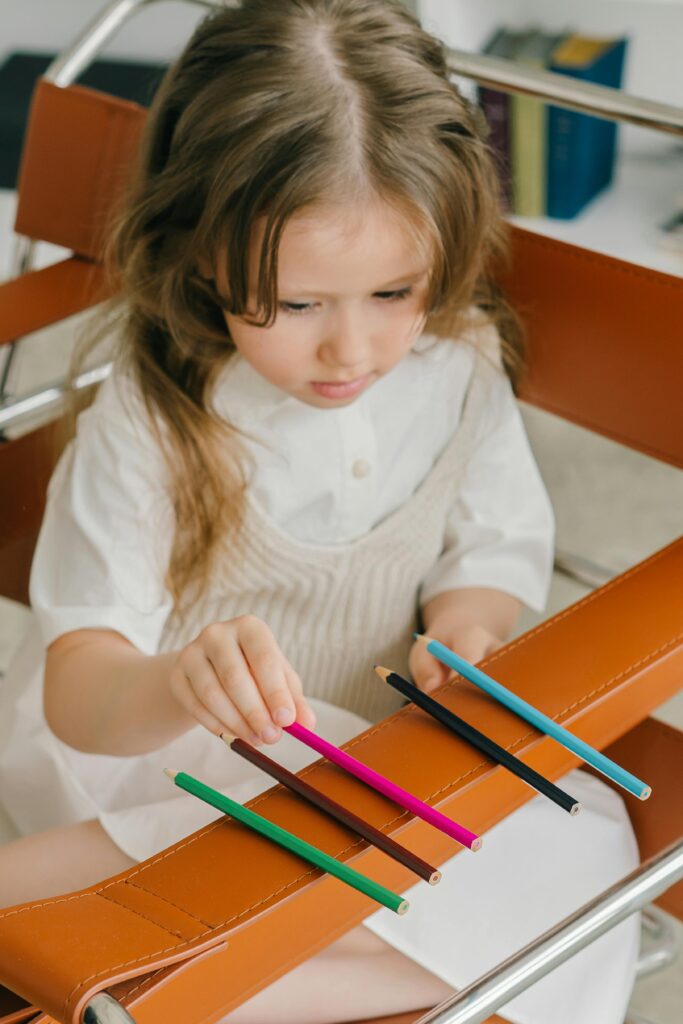What is the Spending Addiction?
Spending and shopping are very socially acceptable in our society and advertisers work hard to convince us that buying things will make us happy. Many people are prone to social comparison and there is an allure to wanting what you see others have. Frankly for many, their possession become a measure of their self-esteem. Because of this thinking and mentality our culture abides by, it is only a small step further for those people with addictive personalities and tendencies to cross the line and develop a spending addiction. Although there is no official diagnosis for spending addiction and many experts disagree about whether it is a real disorder, it has been recognized as far back as the early 19th century. It is estimated that about 6% of the population may have a spending addiction, which often starts in their teens or early adulthood. With the advent of online shopping, spending is increasingly more available, accessible, and anonymous. We’ve seen increases in other behavioral addictions such as sex addiction, gaming, and gambling which have all flourished on the internet.
Diagnosing the Addiction
At present there is no unified set of symptoms or criteria for spending addiction, but we will discuss the common features and traits, many of which overlap with traditionally recognized addictions. Often, we see people utilize spending as a coping mechanism for dealing with negative feelings such as stress, anxiety, or depression. Many will start to spend more than they intended and begin to incur debt and financial problems in order to continue their spending. They may make attempts to cut down, control or quit for a period of time, but are often not very successful. Conflict may ensue and relationships may become strained as a result of the person’s spending.
Many develop a preoccupation with shopping and even have cravings to go shopping. Many spending addicts report feeling ecstatic or high when they are shopping and buying, but often crash shortly after, feeling disappointed, guilty or ashamed. Many spenders shop alone and may try to hide it from others. They may hide credit card bills, receipts, or the purchases themselves. These are some of the more common symptoms, characteristics and traits of spending addiction.
12 Step Programs
Shopaholics Anonymous, a 12-step support group, suggests asking yourself the following questions and if you answer “yes” to many of them, you may have an addiction.
- Do you shop when you feel angry or disappointed?
- Has overspending created problems in your life?
- Do you have conflicts with loved ones about your need to shop?
- While shopping, do you feel euphoric rushes or anxiety?
- After shopping, do you feel like you have just finished doing something wild or dangerous?
- After shopping, do you ever feel guilty or embarrassed about what you have done?
- Do you frequently buy things that you never end up using or wearing?
- Do you think about money almost all the time?
If you want to talk with one of our psychiatrists or psychologists about concerns around spending addiction, please call us now at 763-416-4167, or request an appointment on our website: WWW.IPC-MN.COM so we can sit down with you and complete thorough assessment and help you develop a plan of action that will work for you. Life is too short to be unhappy. Find the peace of mind you deserve.
To get more great resources, sign up for our newsletter, like us on Face Book, or follow us on Twitter.
Innovative Psychological Consultants
Peace of Mind You Deserve
Schedule An Appointment
"*" indicates required fields


